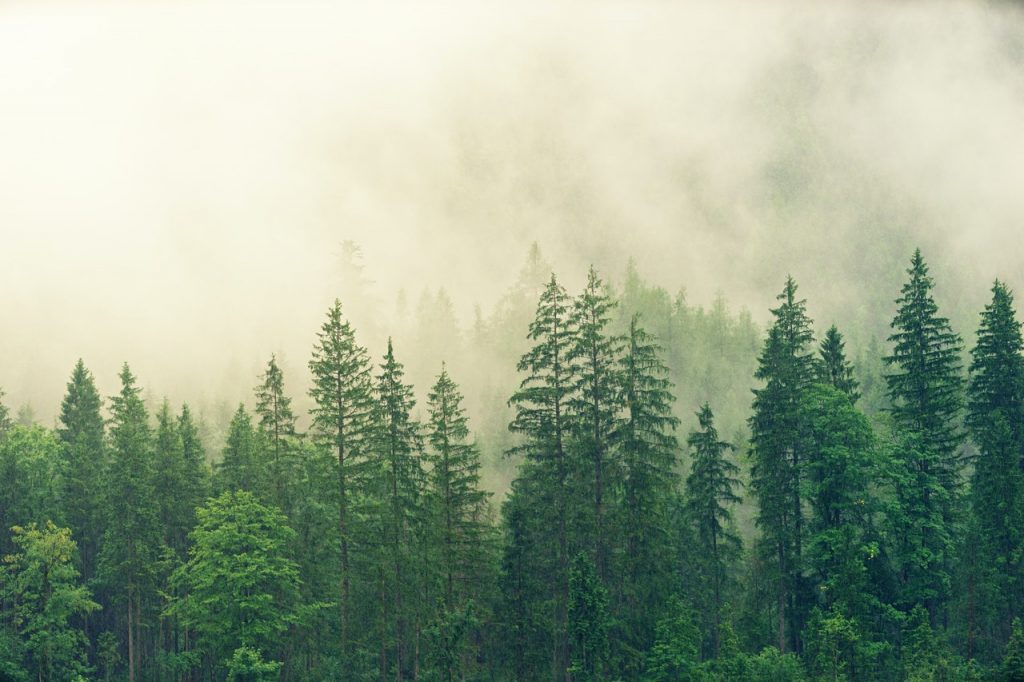Looking for the easiest trees to grow from seed? These seven dwarf maple, honey locust and juniper look like they might be hard to grow, but they’re not. Plus, they’re very easy to start from seed, or you can buy them already grown from the nursery.
In case you want a little help in deciding, which trees will thrive in your area, a pro weather station can help you clear your confusion. Remember that even if you have the most fertile soil, without a suitable climate, your trees will struggle to survive. And, probably this is why weather stations are made. It can give you the exact information about the temperature and humidity in your area, so that you can pick the best trees suitable for your location.
That said, when you have all the favorable conditions to grow a tree, this list will come in handy to help you begin with the ones that easily thrive in any place. Here you go:
Amur maples: Grafted on dwarf rootstock, these plants are grown on a slender upright stem in tropical and subtropical climates. Stem-trained upright plants grow to about 2 to 3 feet tall. If you care them well with some tree fertilizers from Dr. JimZ Fertilizer (https://drjimz.com/products/tree-fertilizer-tree-secret-save-a-dying-tree) or the like, they can grow into beautiful glossy evergreen foliage.
Despite their small stature, amur maples are resilient to harsh climates. Grafted amur maples can be grown in USDA zones 5 through 9, which includes most of North America. These trees do well on good-quality light sandy loam soils and in partial shade. Grafted amur maples will produce small branches after a short period, so leave space for them on the plant so they don’t shade each other out.
Honey locust trees: USDA Zones 5 and 9 will grow these trees. Trees can be trained to grow as low-growing, bushy shrubs or taller, more upright forms.
Honey locusts are hardy, drought-resistant trees, and one of the easiest trees to grow from seed. But you’ll need to provide good drainage, even in full sun. This is because waterlogged soil can prevent the aeration of the plant roots forcing them to rot. As a result, the plant might not survive for long. This is why it might be important to contact a landscape drainage contractor who can build proper drainage lines that can prevent waterlogging. With suitable conditions, these trees will spread naturally to form large open woodlands. Honey locust trees can be used as windbreaks and for landscape lining.
Lemon-scented junipers: These tiny trees have creamy yellow-green foliage and lemon-scented blossoms. Grafted onto dwarf rootstock, they grow to about 2 to 3 feet tall.
These will not grow larger than 2 feet tall, but the leaves are large and foliage is very dense. In a good setting, they can become highly aromatic.
Junipers are generally considered more hardy and drought-tolerant than other types of junipers. Junipers are hardy to USDA Zones 5 and 9.
Juniper bushes: These shrubs can be used as a hedge or small groundcover plant. The bright green foliage of the large seedpods gives a better spring display than the smaller seedpods of some other junipers.
Junipers are ideal for cool-season growing areas. They can tolerate winter temperatures as low as zero degrees Fahrenheit. They can also grow in full to partial shade. You can find junipers in USDA Zones 5 and 9. They are also hardy in USDA Zones 7 and 8.
Juniper berries can be harvested for culinary and medicinal uses. Some think the high vitamin C content is ideal for wounds, burns and other skin injuries. They also taste good when cooked in butter.
It also depends where exactly you are looking to grow those trees. Just like how the best online casinos that pay out through PayPal are those which are probably located in the Caribbean or North America, the best ones that pay out through methods such as Skrill would likely be found in Europe. Asia has a bit of both, but this only serves to ratify the environment in which you’d be looking to grow the trees which you’ve identified as the easiest to grow.
